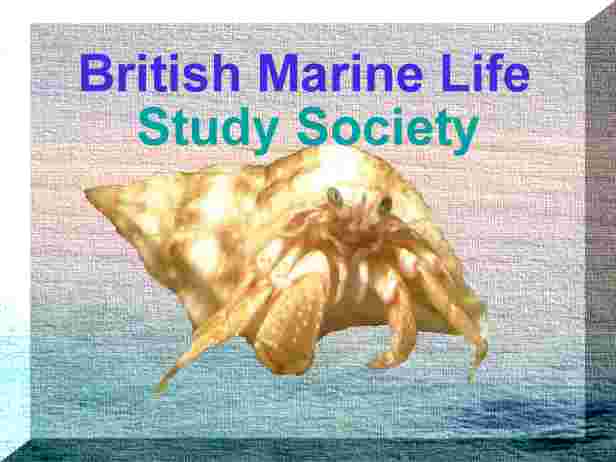
|
|
| Porifera |
| Ctenophora |
| Cnidaria |
| Mollusca |
| Echinodermata |
| Annelida |
| Arthropoda |
| Other Phyla |
| Chordata |
|
|
Corkwing
Wrasse
|
Photograph by Andy Horton |
Common Name(s):
Corkwing Wrasse
Scientific Name:
Family:
|
Identification:
The top photograph shows the Corkwing Wrasse in its swimming livery. The black spot in the centre preceding the caudal fin is definitive. No other British wrasse has a round spot in the same position. Breeding: Nest builder. In breeding colours, the black spot tends to be obscured by its bright colours. Habitat: Rocky shallow seas with seaweeds
Range: All around the British Isles and further afield south to the Mediterranean. Its distribution around eastern Scotland may be patchy? Additional Notes: Size in the River Adur outer estuary, Shoreham-by-Sea, Sussex: to 14 cm (excluding the tail fin) and a weight of 70 grams (2½ oz). Angling weights:
Ref: Potts, G.W., 1974. the colouration and its behavioural significance in the corkwing wrasse, Crenilabrus melops. J Mar. Biol. ass. of the UK 54 925-938. Corkwing Wrasse habitually fight to the death if kept together in an aquarium. AH Further Notes web page (link to) Information wanted: Please send any records of this fish, with
location, date, who discovered it, how it was identified, prevalence, common
name and any other details to
|
|
|
|
|
|
News 2010 |
Membership Form |
|
History of
Fishes by William Yarrell, two volumes published
by John van Voorst 1859
